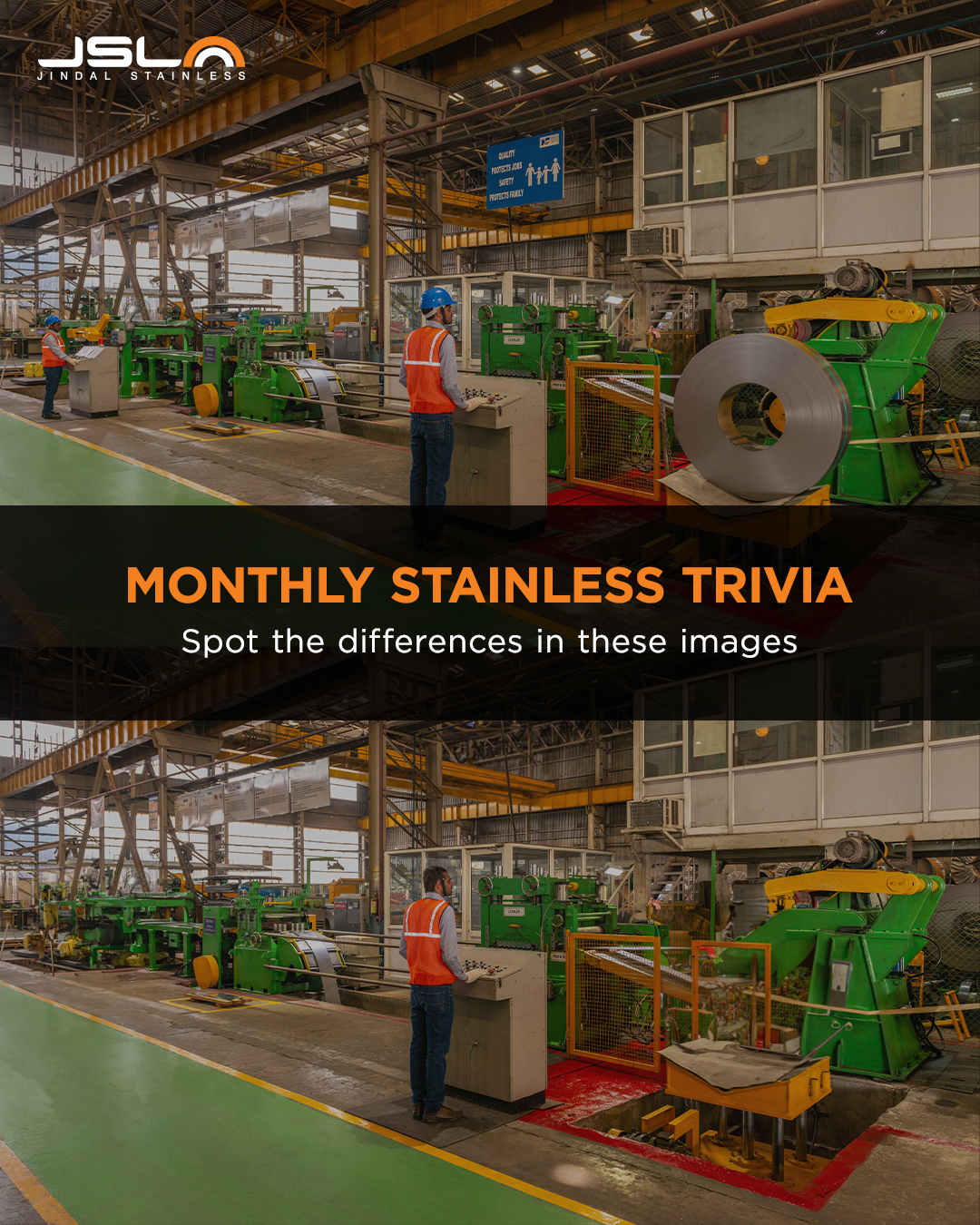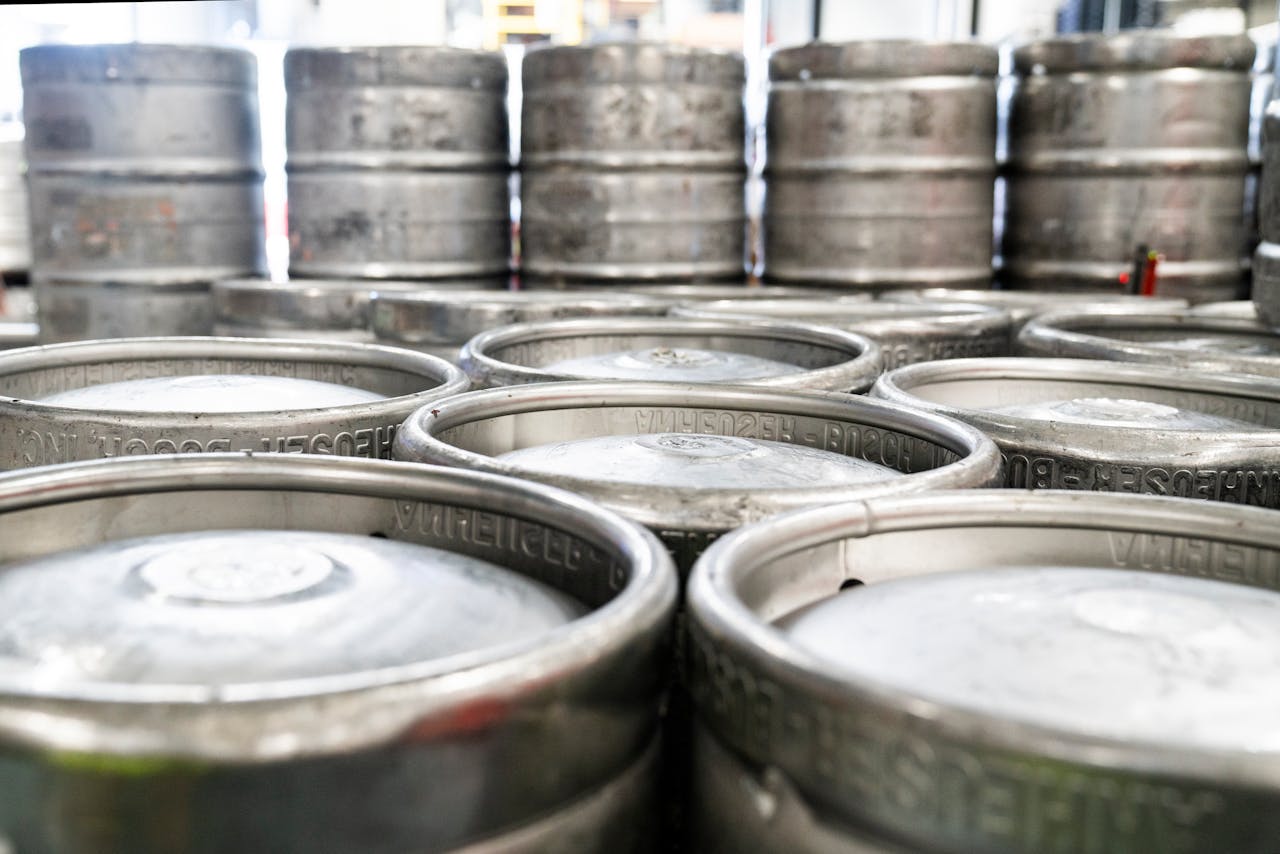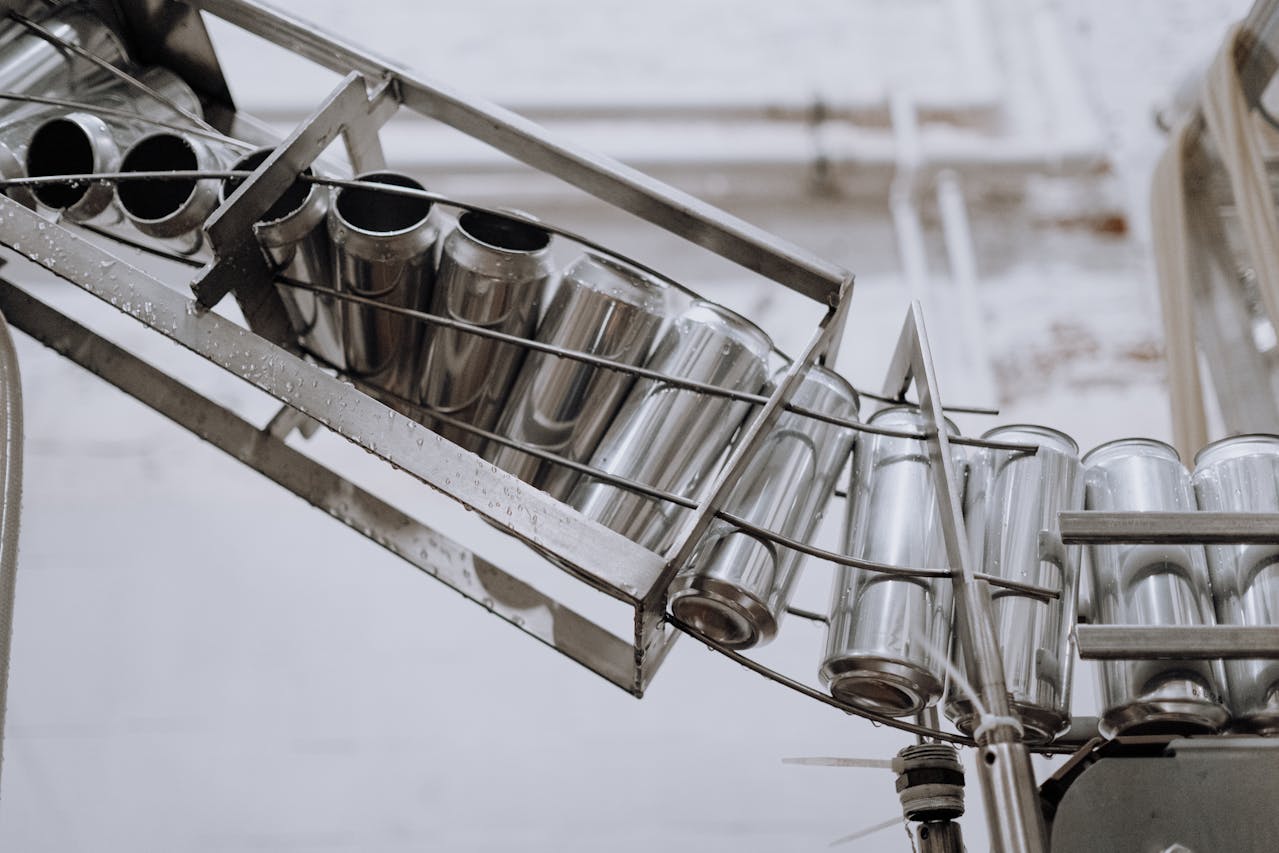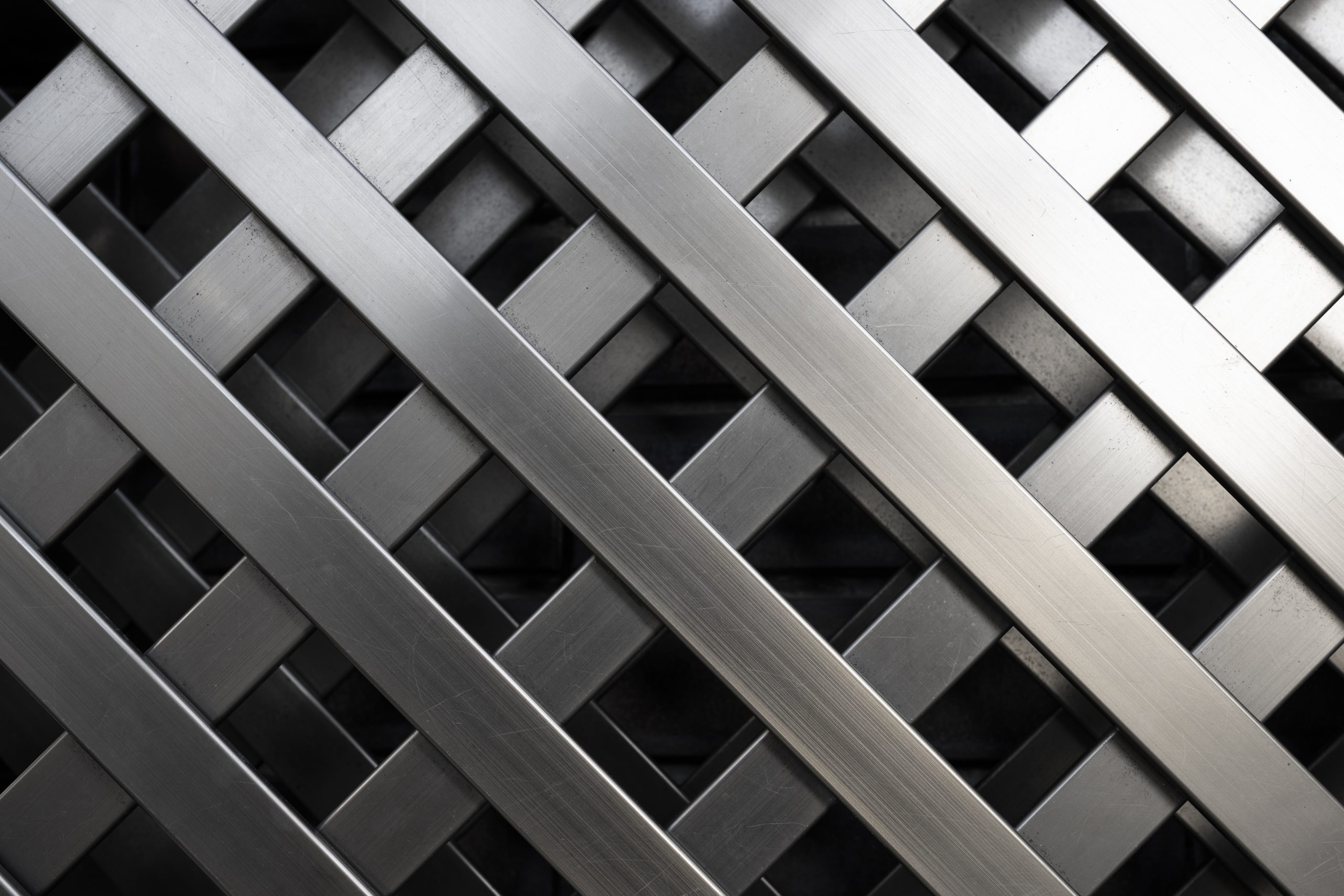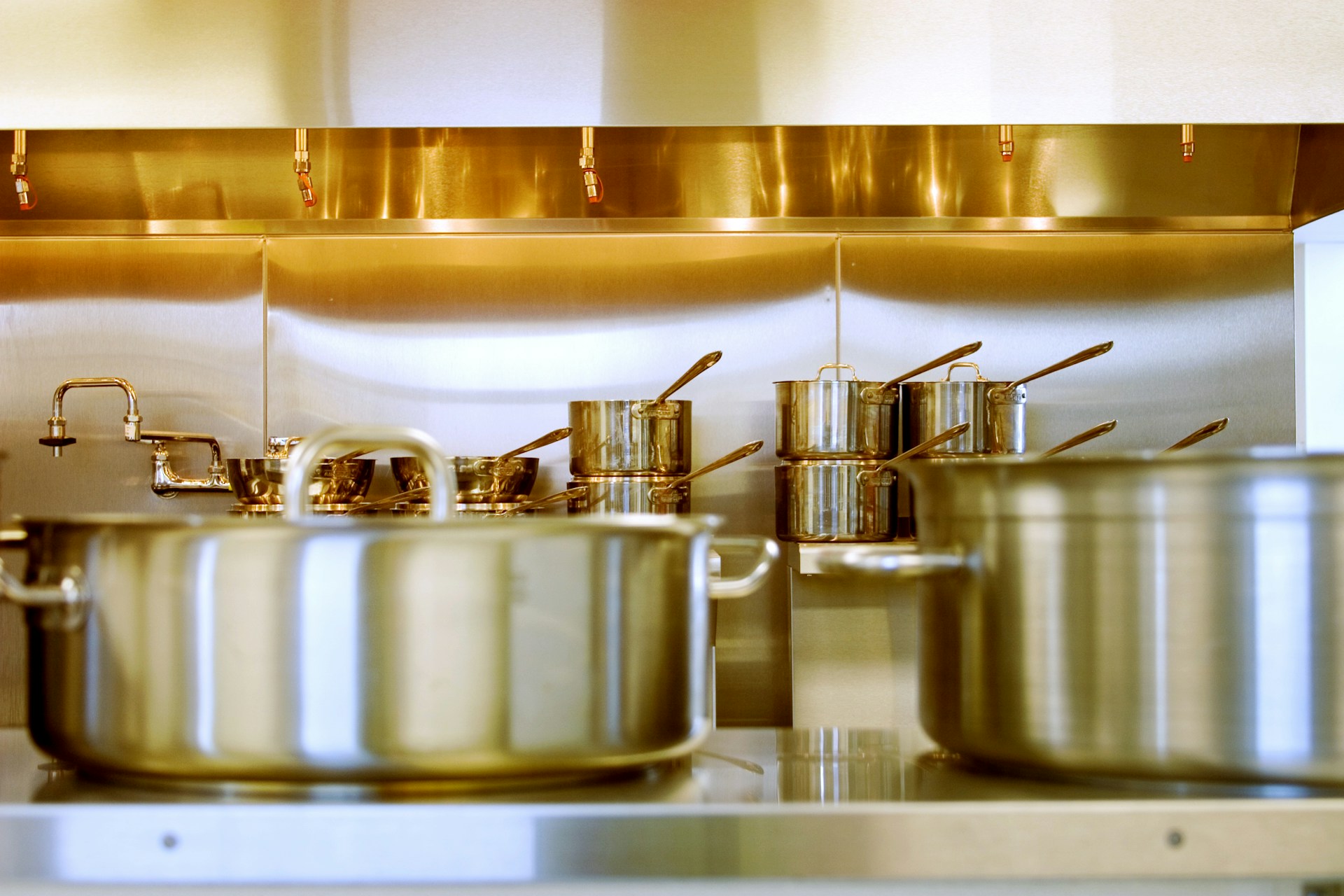Is Stainless Steel Waterproof?
April 8, 2025

Stainless steel is well known for its strength, durability, and resistance to corrosion. It is often used in environments where exposure to water is frequent, from kitchen sinks to marine applications. But is stainless steel waterproof?
The answer depends on how “waterproof” is defined. While stainless steel can resist water effectively under many conditions, its behaviour can vary based on the grade and environment. In this guide, we’ll explore the relationship between stainless steel and water, its suitability for wet environments, and how to care for it to maintain its longevity.
Can Stainless Steel Resist Water Naturally?
Stainless steel is often associated with durability and its ability to withstand water exposure. This reputation comes from its composition, which includes chromium, an element that forms a protective layer on the surface. This layer helps prevent water and oxygen from causing rust.
However, stainless steel’s water resistance depends on factors such as the specific grade and the environment it’s used in. For example, while stainless steel can resist water splashes and occasional exposure, prolonged submersion or exposure to aggressive environments, like saltwater, can challenge its performance. Learning these nuances is key to deciding if stainless steel is suitable for your needs.
Understanding Waterproof vs. Water-Resistant
The terms “waterproof” and “water-resistant” are often used interchangeably, but they have distinct meanings.
- Waterproof: This means a material is completely impervious to water, regardless of the conditions. It prevents water from penetrating under any circumstance, making it ideal for applications where full submersion is expected.
- Water-Resistant: This refers to a material that can repel water or resist its effects to a certain degree. It is suitable for environments where exposure to water is limited or occasional.
Stainless steel is typically water-resistant rather than fully waterproof. Certain grades, like 316, are designed to withstand harsher wet environments, such as marine settings, due to their higher resistance to corrosion. However, even the best grades may not be completely impervious to water over extended periods or in extreme conditions, such as saltwater immersion.
Industries Benefiting from Water-Resistant Stainless Steel

Marine and Shipping
In marine applications, stainless steel’s ability to resist saltwater corrosion is invaluable. For ship components and offshore structures, grades like 316 provide the necessary protection against rust and degradation.
Food and Beverage
From kitchen sinks to processing equipment, stainless steel’s water-resistant properties make it ideal for environments where hygiene and exposure to water are critical.
Architecture and Construction
Outdoor railings, fountains, and roofing often use stainless steel because it can withstand rain and humidity without corroding, especially in urban or coastal areas.
Medical Tools and Devices
Surgical instruments and medical equipment rely on stainless steel’s resistance to moisture and sterilisers, ensuring durability and hygiene.
Jewelry and Accessories
Stainless steel is a popular choice for jewellery and watches. If you’re wondering, “Can you shower with stainless steel?” The answer is generally yes, as its resistance to water prevents tarnishing or rusting.
Stainless Steel’s Water Resistant Properties
Stainless steel’s water-resistant qualities come from its unique composition and the protective oxide layer formed by chromium. This layer acts as a barrier, preventing water and oxygen from causing rust or penetrating the alloy. While this protection is highly effective, its performance can vary based on environmental factors and the grade of stainless steel used.
Grades and Water Interaction
- 304 Grade: Commonly used in household and general industrial applications, 304-grade stainless steel provides good water resistance. However, it may show signs of wear or staining if exposed to saltwater or hard water for extended periods.
- 316 Grade: Known as marine-grade stainless steel, 316 is specifically engineered to withstand harsher environments, including prolonged saltwater exposure. Its added molybdenum content enhances resistance to pitting and crevice corrosion, making it ideal for marine and chemical environments.
Stainless Steel’ Being Water Resistant – Misconceptions & Challenges
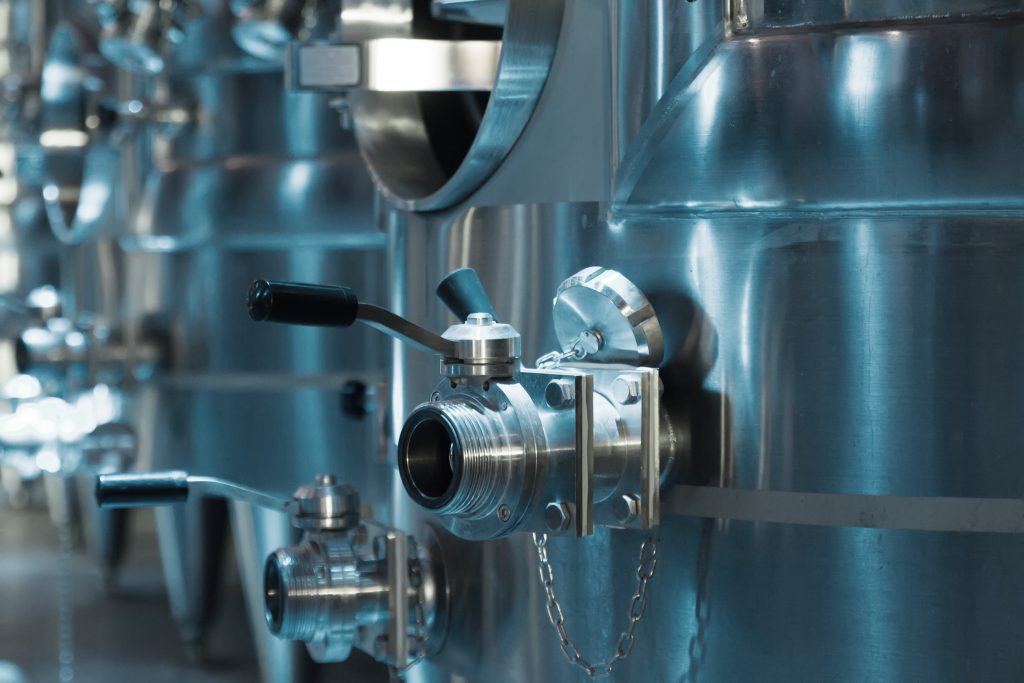
Stainless steel is often assumed to be completely impervious to rust, stains, or water damage. However, this is a misconception. While stainless steel is highly resistant, certain conditions can still lead to challenges:
Misconceptions
- No Maintenance Required: Stainless steel is thought to be maintenance-free, but regular cleaning and care are essential to retain its water-resistant properties.
- Universal Water Resistance: Not all stainless steel grades are equal. Lower grades may not perform well in aggressive environments, making grade selection crucial.
Challenges
- Environmental Factors: Exposure to salt water, hard water, or chlorinated environments can wear down the protective oxide layer over time, leading to hard water stains on stainless steel or pitting.
- Improper Cleaning: Using abrasive cleaners or tools can scratch the surface and compromise the protective layer, reducing its resistance to water.
- Long-Term Submersion: While resistant to splashes and short-term exposure, stainless steel may not withstand continuous submersion without some degradation, depending on the grade.
- Hard Water Stains: Mineral deposits from hard water can build up over time, dulling the appearance of stainless steel and requiring frequent maintenance to remove.
To address these challenges, proper care, including the use of suitable cleaning products and avoiding harsh environments when possible, is required to ensure stainless steel remains effective.
How to Keep Stainless Steel in Great Condition
- Regular Cleaning: Wipe down stainless steel surfaces with a damp cloth and mild detergent to remove watermarks and residue.
- Avoid Harsh Chemicals: Use non-abrasive cleaners to maintain the protective oxide layer.
- Dry Thoroughly: After cleaning, dry the surface to prevent water spots.
- Polish Periodically: Using a stainless steel polish can help restore its shine and protective layer.
Stainless steel is not entirely waterproof but offers excellent water-resistance and corrosion resistance. By understanding its strengths and limitations, you can use it effectively in a wide range of applications.

